During my years of off-roading my Range Rover Classics I have broken a few front turn signals. The high cost of replacing and difficulty cleaning them made me look at retrofitting the earlier metal housings with replaceable plastic lenses as installed on 1970s and early 1980s Range Rovers. If you have the standard solid orange plastic turn signals as fitted to all 1987 to 1995 NAS Range Rovers then you most likely have part numbers PRC8948 (LH) & PRC8949 (RH). Some people switch them out with PRC5576 (LH) & PRC5575 (RH) which have orange flasher and clear running lamp lenses which were standard for European models of the same era. Both styles are crap in my opinion. Why? They break! Either the lenses break or the top or bottom plastic breaks resulting in a light that shakes or falls out. Intact used replacements are getting more difficult to find and new ones are just not worth the money. What I would recommend is to never buy those parts again. Retrofit the older style parts. You can buy the following parts for usually the same amount and occasionally I’ve seen them for even less. The metal housings are PRC4338 (LH) & PRC4337 (RH). The replaceable lenses are AEU1609 (LH) & AEU1610 (RH). Land Rover’s parts manuals call these “Side and flasher lamp”. |
|
| If you still have a turn signal that doesn't have missing plastic where the screws normally hold it in place, you should have a turn signal that looks like this. |
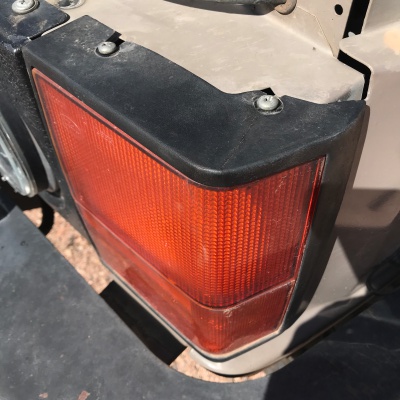
|
| This turn signal ironically was purchased out of a scrapped 1991 Range Rover in March, 2018 for $25. It was in suprisingly great condition and is what the top of your turn signal hopefully looks like. |
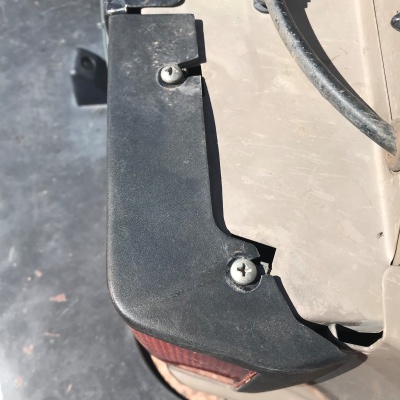
|
| However if you still have the original plastic turn signals, do this. Replace the tiny washer under the screw with a much larger fender washer with a larger neoprene or rubber washer underneath it. This will help distribute the force and extend the life of the turn signal's plastic top. This modification for both turn signals should cost under $1.00. |
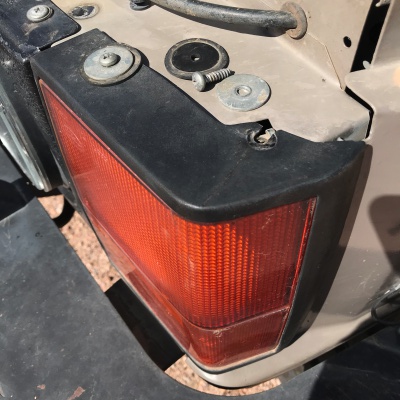
|
| Failure to make this minor modification is a death sentence for your turn signals. |
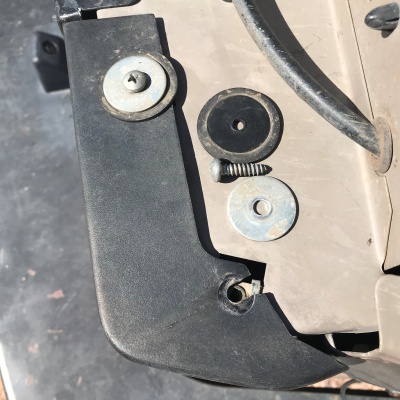
|
| Only tighten the screws enough to secure them. Do not tighten them so much where the washers crush and break the plastic. This will extend the life of your turn signals most likely until the lenses become damaged. |
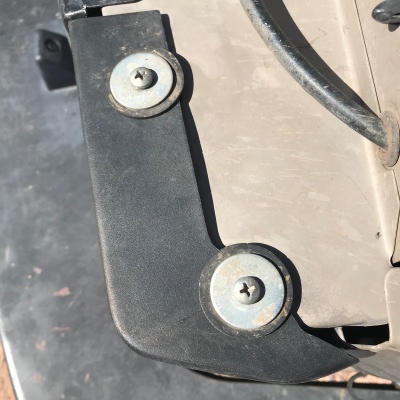
|
| Don't neglect the bottom of your turn signals either. There should be rubber grommets in the bottom of both styles of turn signals. Make sure they are there and intact. |
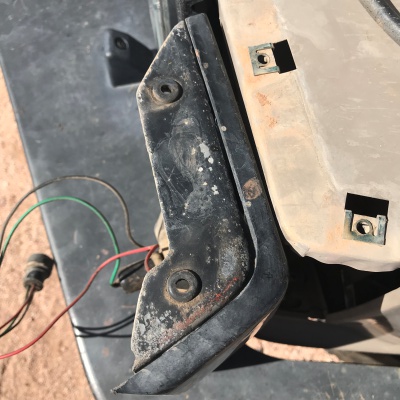
|
| The grommets should fit snug around the mounting posts. If they do not fit snug the turn signal will likely shake and break the plastic at the bottom of the turn signal. |
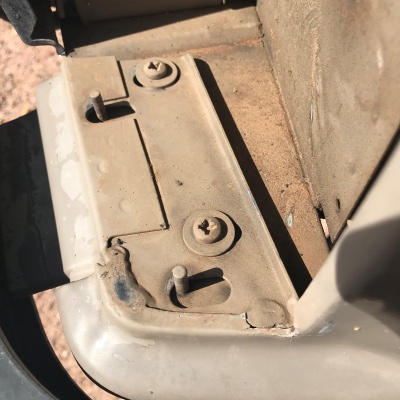
|
| The retrofit turn signals fit exactly as the plastic turn signals. Gromments also very important on the metal housings as without them you may experience a rattle of metal on metal contact. |
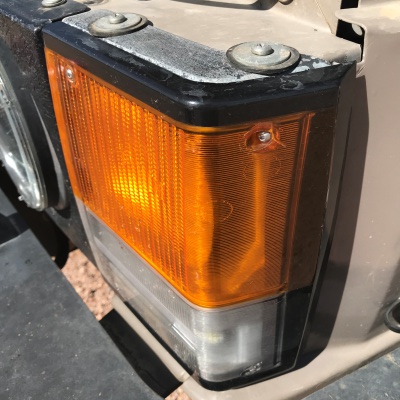
|
| I still use the larger fender washer and neoprene or rubber washer to secure the turn signal. |
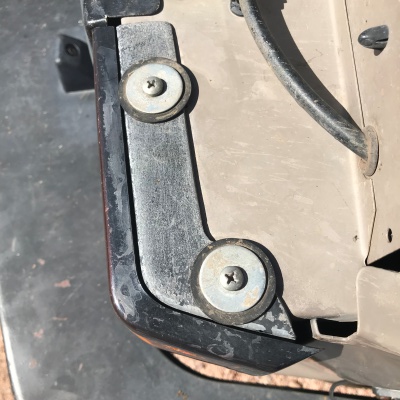
|